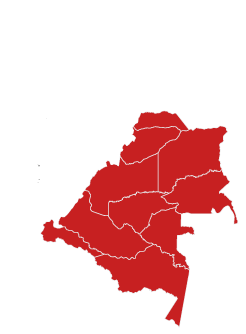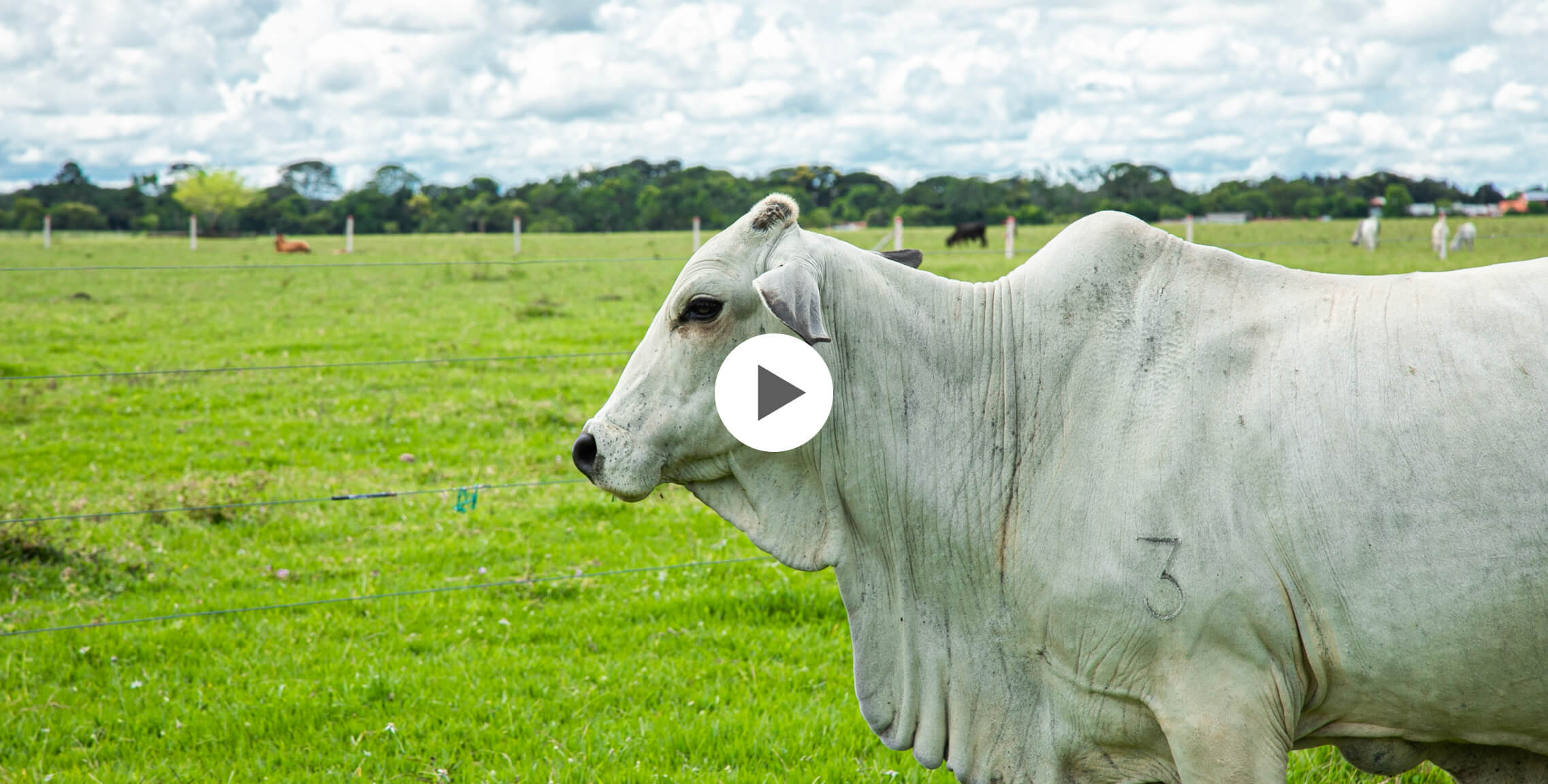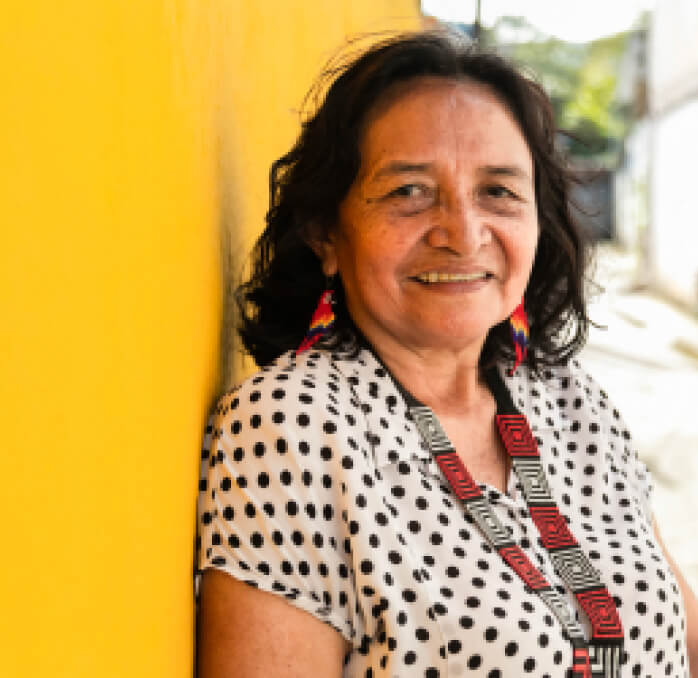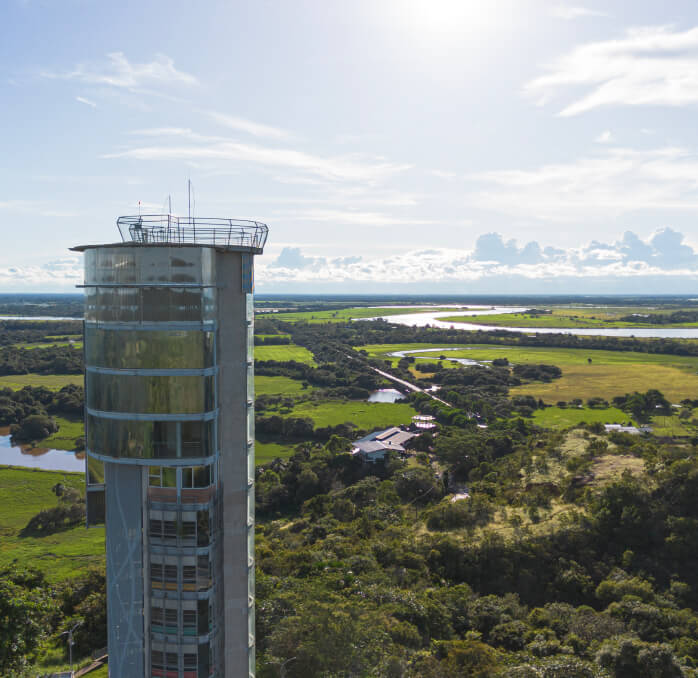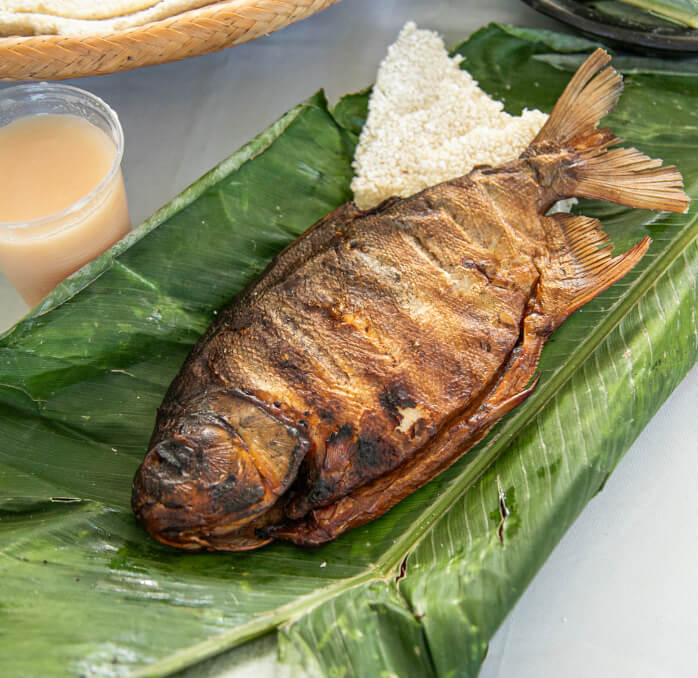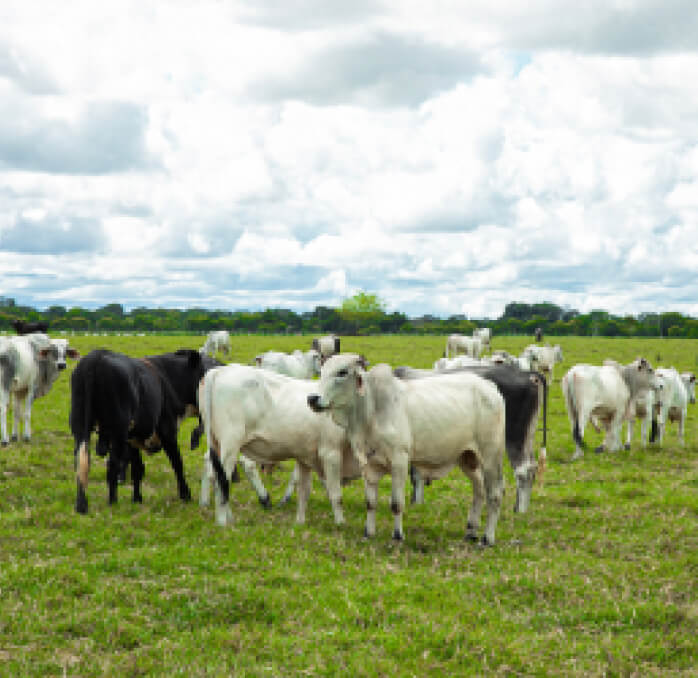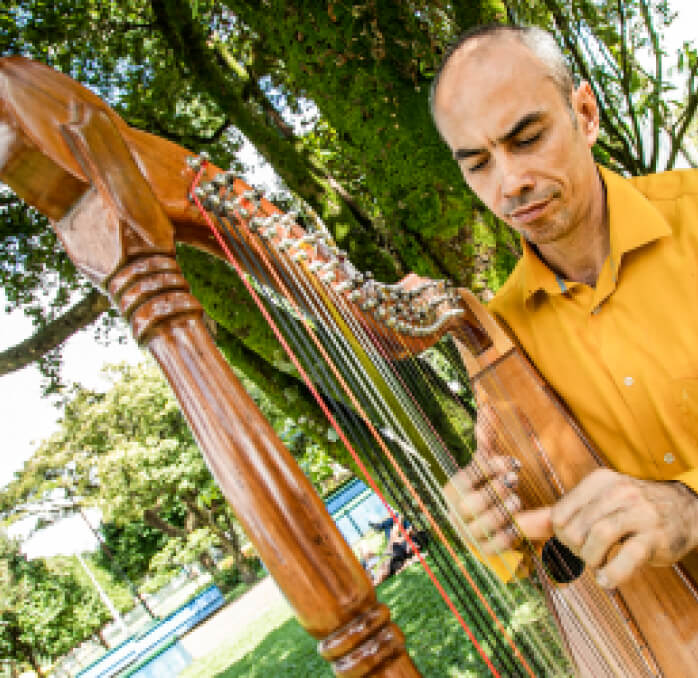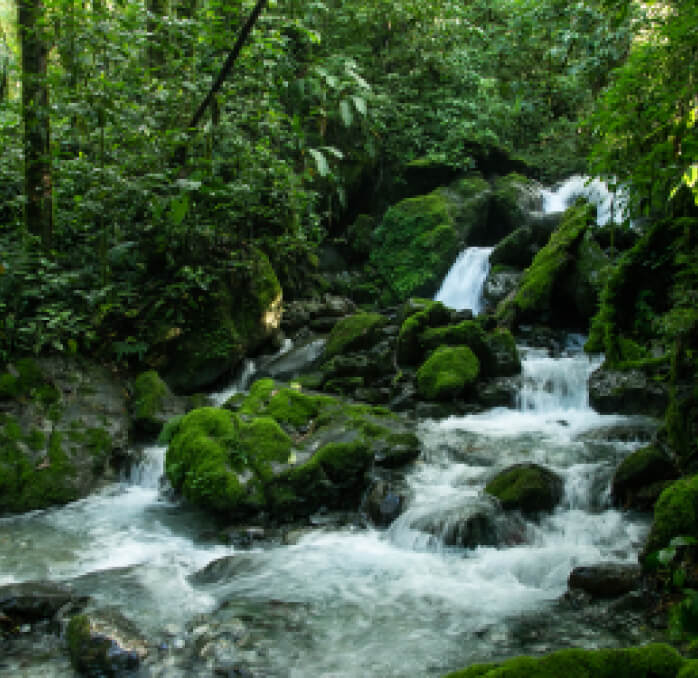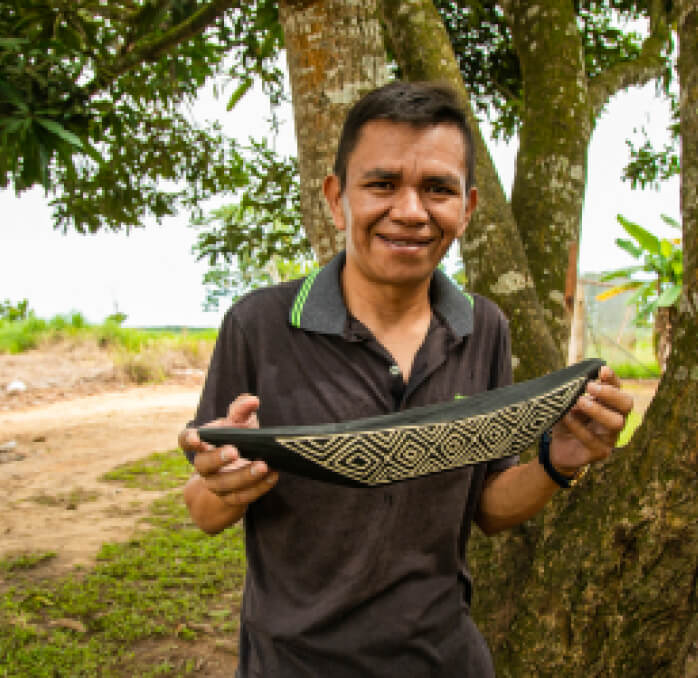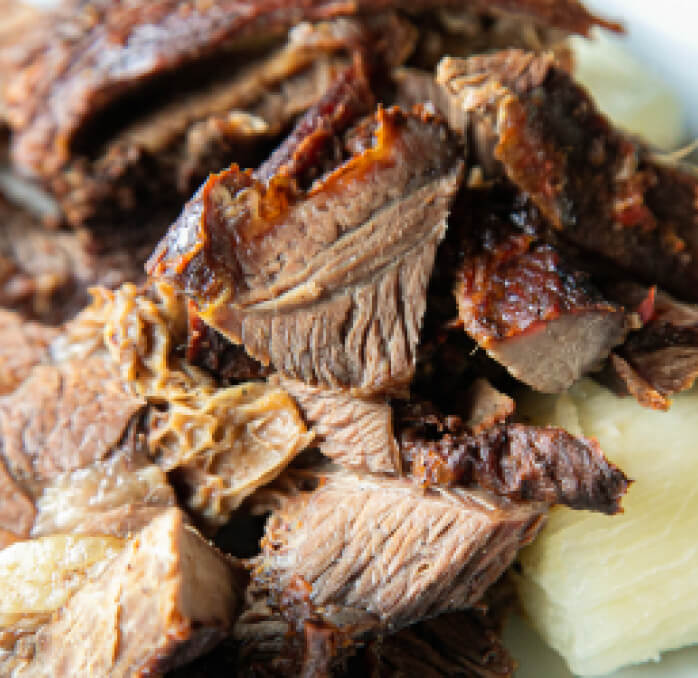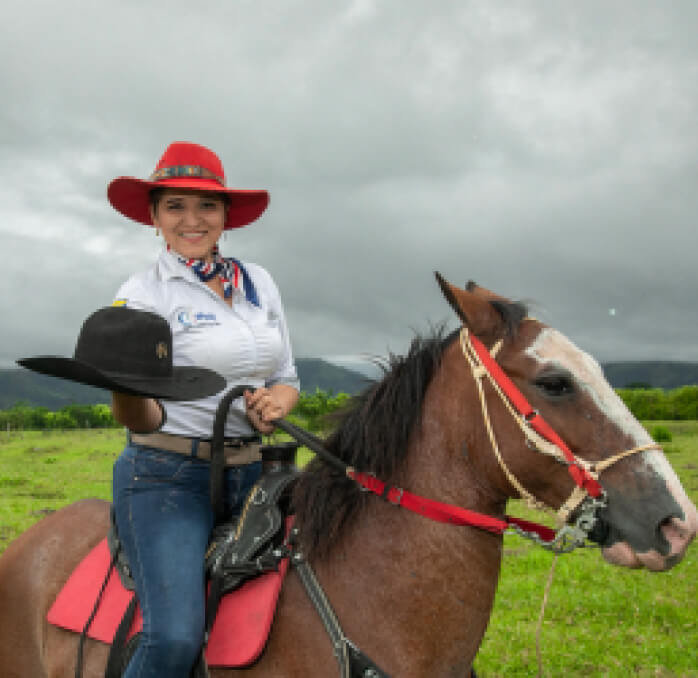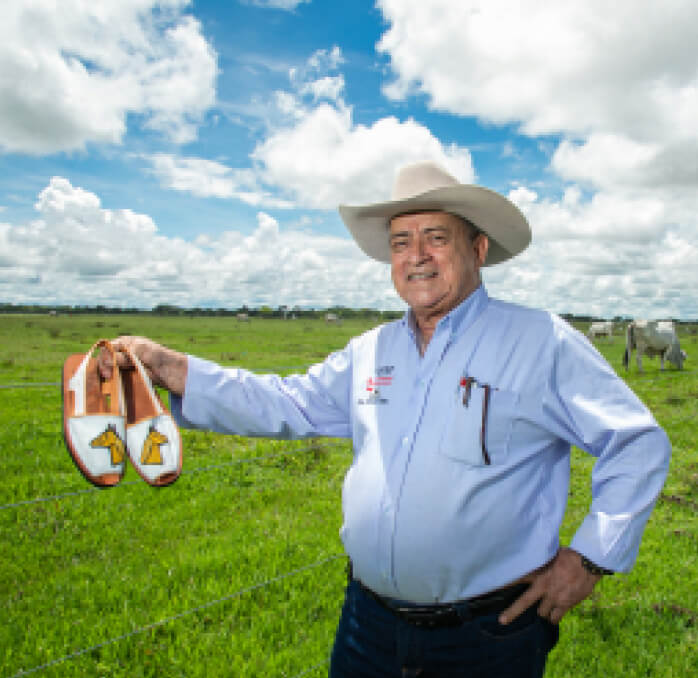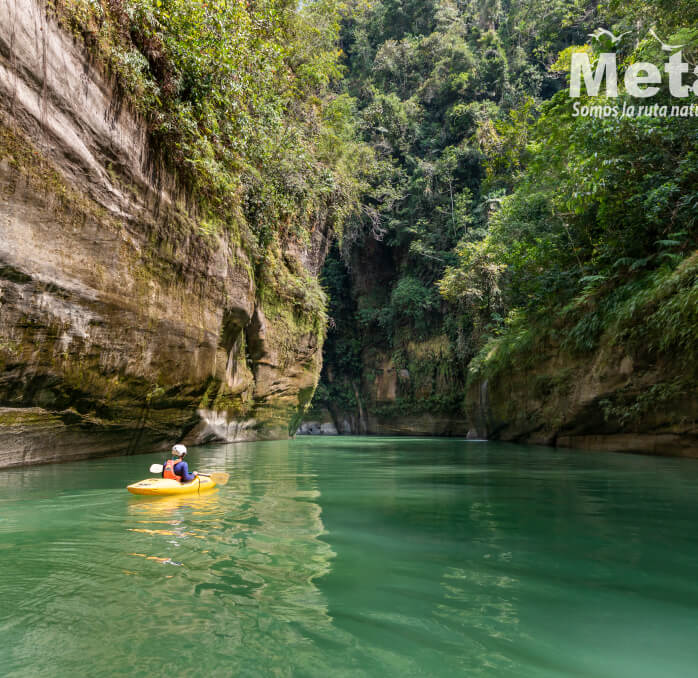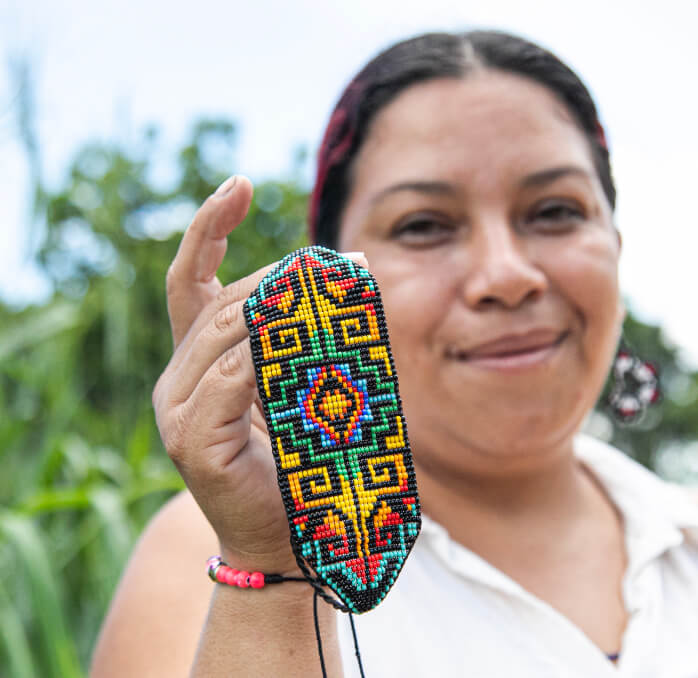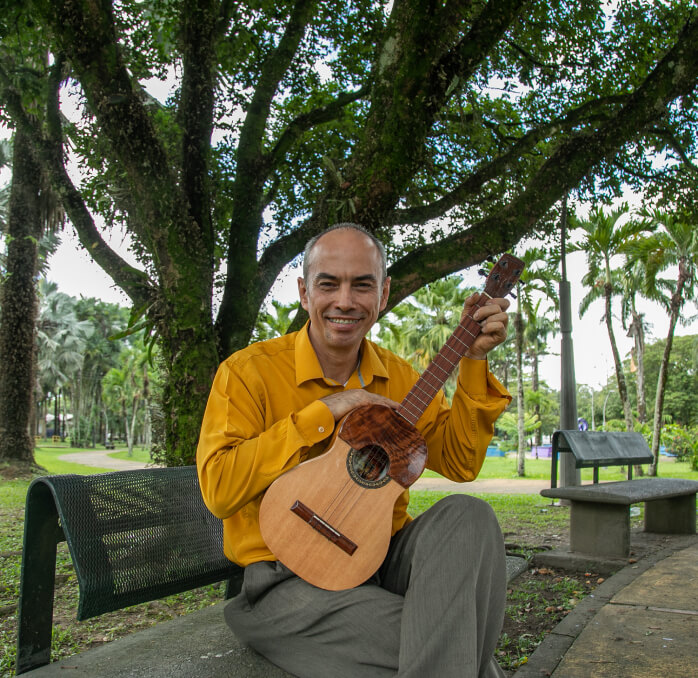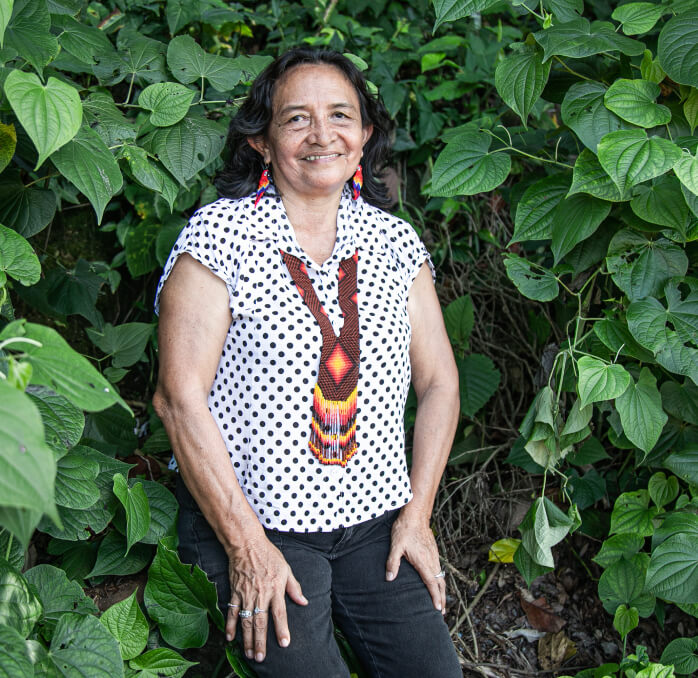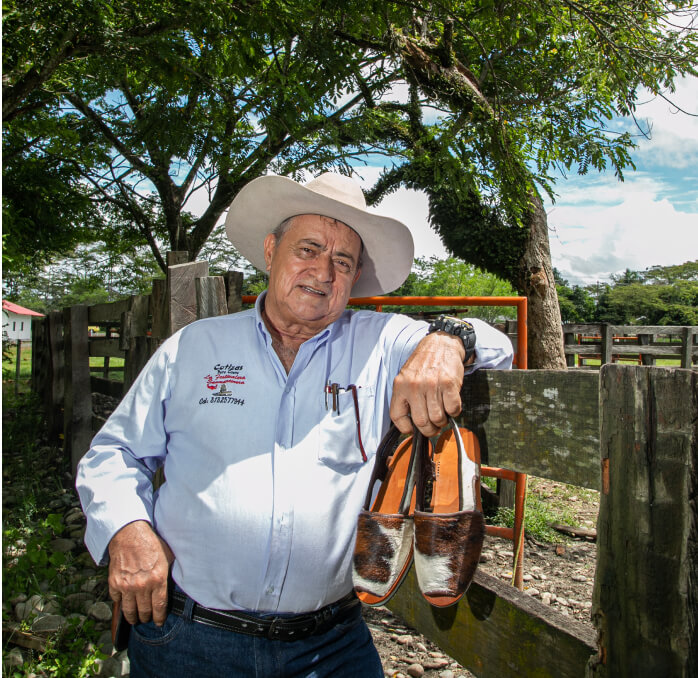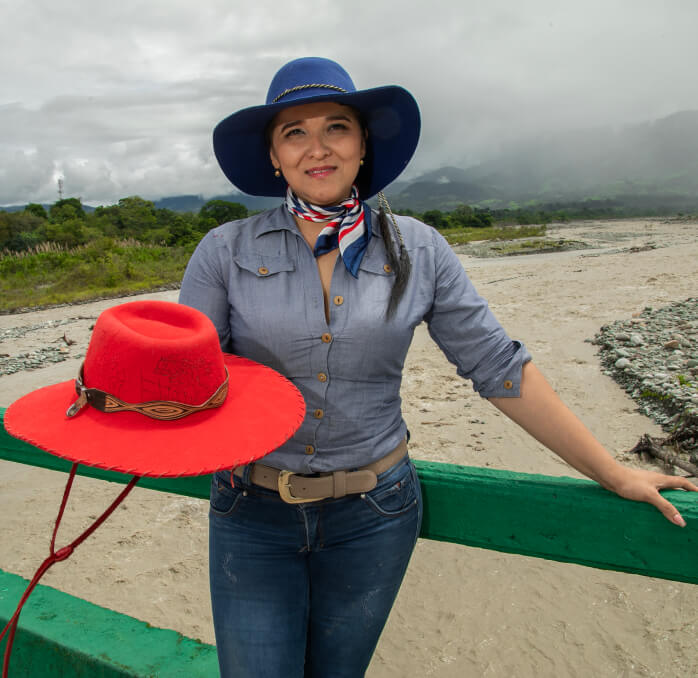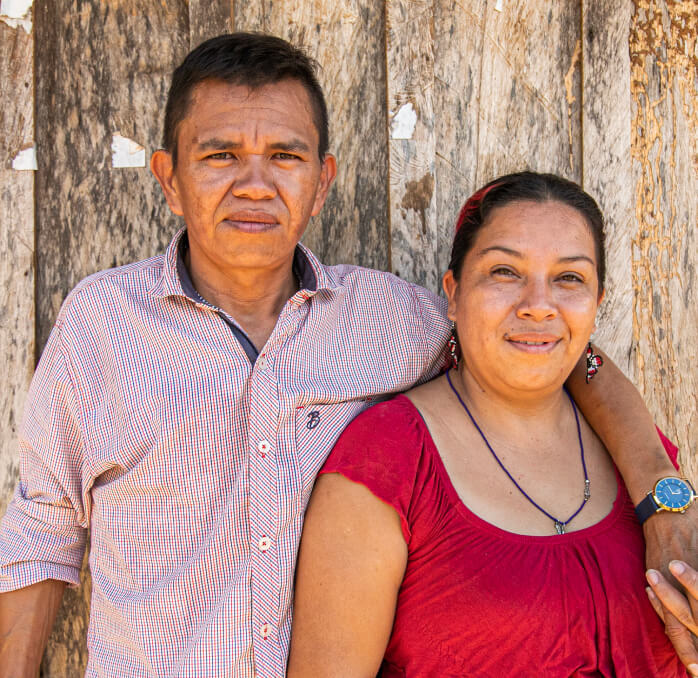Meta Route
Thinking of the Llanos, envisioning the vast plains. Stepping onto the Eastern Llanos. That’s what we invite you to do as we imagine this route through the land of endless horizons. It will be an opportunity to get to know its people, proud of their land, their rural heritage, and their deep connection to the earth. A land that is sung and troved, ridden on horseback, and tapped to the rhythm of the joropo. A fertile land that nourishes its people with meat and fish and has a generous pantry supplying the country with fruits and vegetables. Here, you’ll see how artisan trades reflect an ingrained idiosyncrasy and culture, where a strong cattle culture has made leatherwork an identity mark, as notable as the making of cotizas, used for dancing and walking, or the chinchorro, providing rest to their children. To complement the feeling of being a Llanero, there’s the music of the harp, cuatro, and bandola, and to remember their origins, a journey into the pre-Hispanic past through woodwork and ethnic jewelry from their Sikuani and Wanano people. The cultural blend here is impressive, to the point that one of the most renowned festivities in the department, as important as the International Joropo Festival or the coleo shows, are the famous Cuadrillas de San Martín, a horseback game that has been held since 1735 and represents the Spanish conquest and the tensions between the Spanish and Moors, and the inhabitants of these lands, indigenous people and black or cachacero communities. Being in Meta also means savoring delicious products made with rice, dough, gacha cake, bread, envueltos, and masato. You can also enjoy mamona or ternera a la llanera, shredded meat baked in the oven, process known as a la perra, and delight in pescado amarillo a la monseñor, named in 1979 by chef Carlos Infante in honor of Monsignor Gregorio Garavito on his 60th birthday. Apart from its cultural richness, Meta also holds an immense natural beauty: you must visit the Güejar River Canyon in Lejanías at least once in your lifetime. As well as going up to the Mirador del Llano El Obelisco – Alto Menegua in Puerto López, previously known as Matapalo, said to be the navel of Colombia; after witnessing the sunrise or sunset there, nothing will be the same.
Embark on a journey full of history
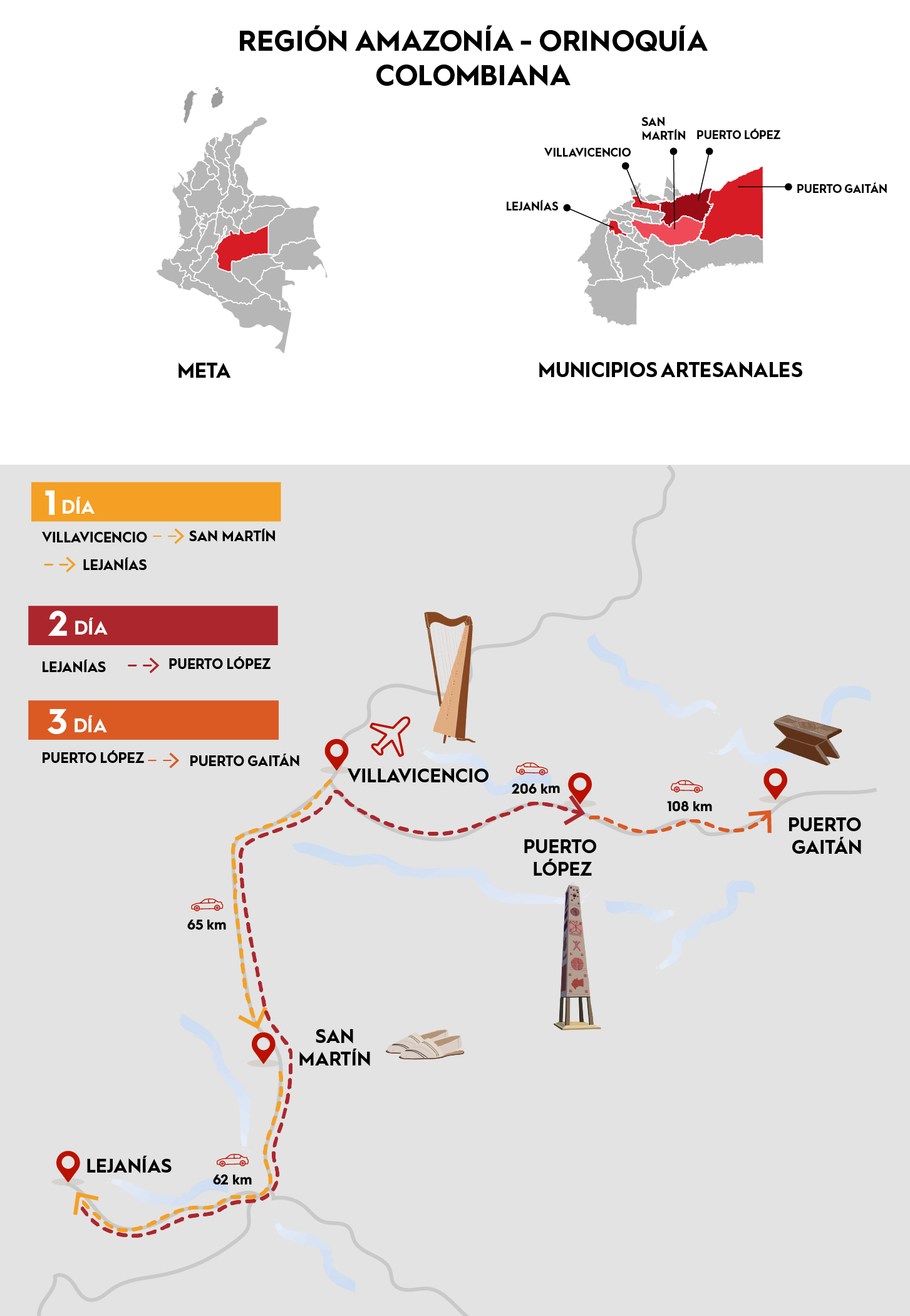
Artisans along the way
Artisans along the way
We recommended this tour
Schedule the visit in advance with the artisans.
Carry cash
6 days
Car or Bus
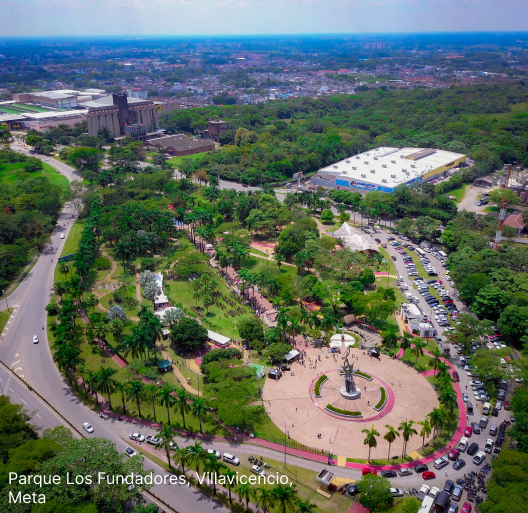
VILLAVICENCIO
In the capital of the department, you’ll have the opportunity to explore two different artisan trades: lutherie or stringed musical instrument repair, with Óscar Olimpo Díaz, and learn about the Wanano culture with the guidance of Graciela Barbosa. It will be a magnificent cultural immersion, where we also invite you to visit the Church in the central park. You can complement this trip by visiting Bioparque Los Ocarros or Tiuma Park, where you can go horseback riding and stay overnight. If you’re a cyclist, don’t miss the opportunity to go to the vereda del Carmen and try their mountain biking trails, and if paragliding is your thing, launch yourself from the Buenavista viewpoint. If you want a farm life experience in the Llanos, visit the Merecure agro ecological park. The most traditional restaurant in this city is Los Trigos, where you should try carne a la perra, and if you have some time to spare while out and about and want to try certified delights, stop by Rodolfo or La Comelona de Luisa, where the must-try item is the perro caliente pesadilla, a type of hot dog.
VILLAVICENCIO - SAN MARTÍN – LEJANÍAS
64 kilometers from the capital is San Martín, a municipality with more than 400 years of history, where the famous Cuadrillas de San Martín take place, an equestrian challenge that commemorates the times of conquest on November 10 and 11 each year. It’s a heritage worth exploring, and in the days leading up to the show, the people of San Martín open their doors for visitors to dress up and masquerade for experiencing the Cuadrillas mood. You can’t leave San Martín without visiting Jesús Castaño, famous for the San Martín cotizas that have had everyone dancing for 50 years. He’ll give you a lesson on what it means to be a Llanero and explain in detail the Cuadrillas de San Martín. This municipality boasts great culinary richness. Don’t miss trying masato and rice arepas, as well as rosquitas, rice bread, and torta de gacho, all famous in this town. Also, the corn and meat hallacas, another cultural blend, this time with the Venezuelan border. For typical food, head to Los Trigos, La Casa de la Abuela, Llano Verde, El Caporal, or El Rincón del Tigre, and for dessert, look for Exótico, an ice cream shop where you can taste a variety of Orinoquia fruits, flavors like açaí, mamoncillo, chontaduro, or gulupa. Also, try the ice cream from Doña Nelsy to savor the milk and Pony Malta flavor. In addition, explore La Martina farm, where you’ll discover Llanero country life, and La Macarena, where the sunflower field will amaze you.
Now, set off for Lejanías (60 km away), where you can sleep comfortably and prepare for its stunning landscapes and slightly cooler climate compared to the rest of the Llanos municipalities. This municipality is said to be the most beautiful in the department, the fruit capital of Colombia, and home to the beautiful natural pools of Güejar. Go visit the artisan corporation of Miryam Heredia and discover how hats and paper mache animal figures are made under her guidance. It’s also a place for rest and river excursions (bathing in Guape, with its cold waters, is refreshing and you can navigate it on rubber tires). It’s also the place to go to Piedras Gordas and see ongoing archaeological research. What to eat? Chicken stew in the farms (Aula Viva is great, and you can try coffee and tangelo orange wine), and cachama and mojarra in all their forms. In summer, at the beginning of the year, the Summer Festival is held, with regattas on the Ariari River.
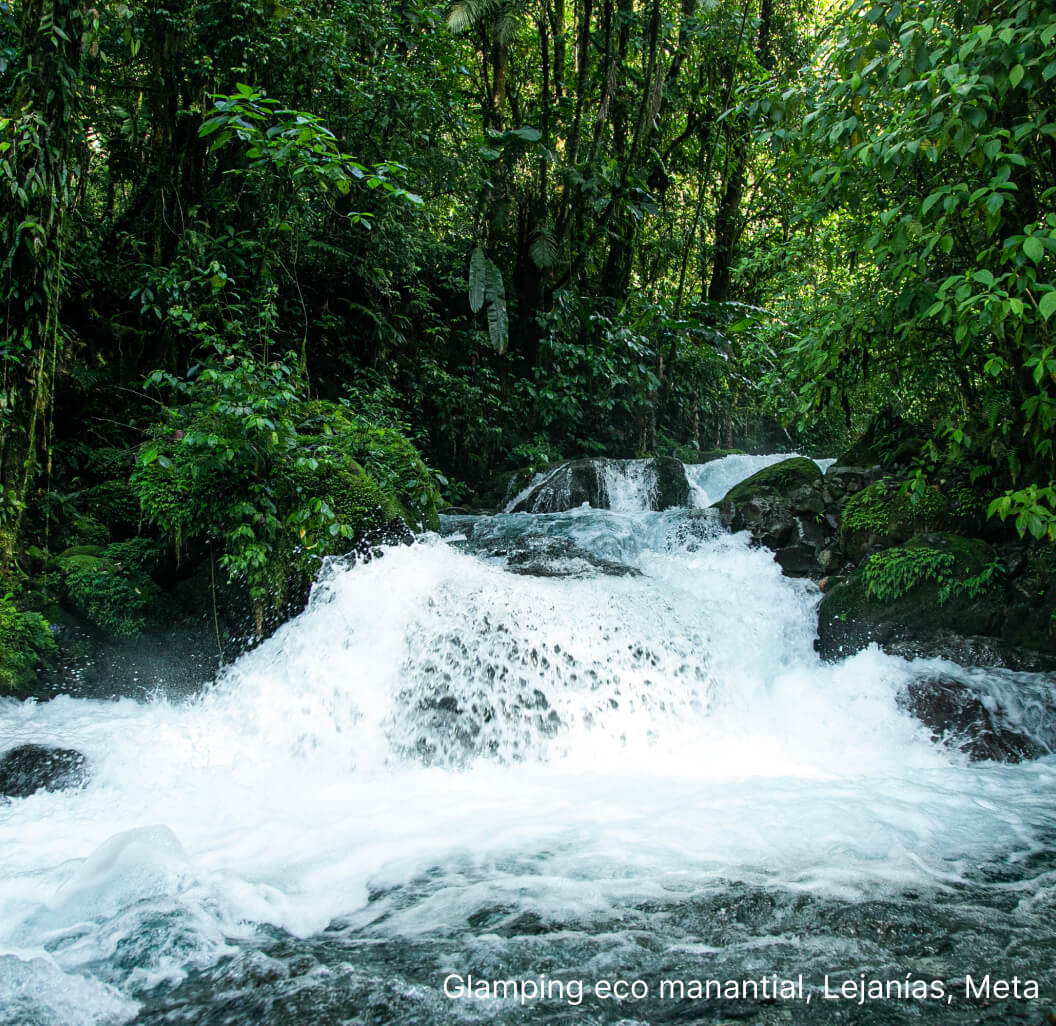
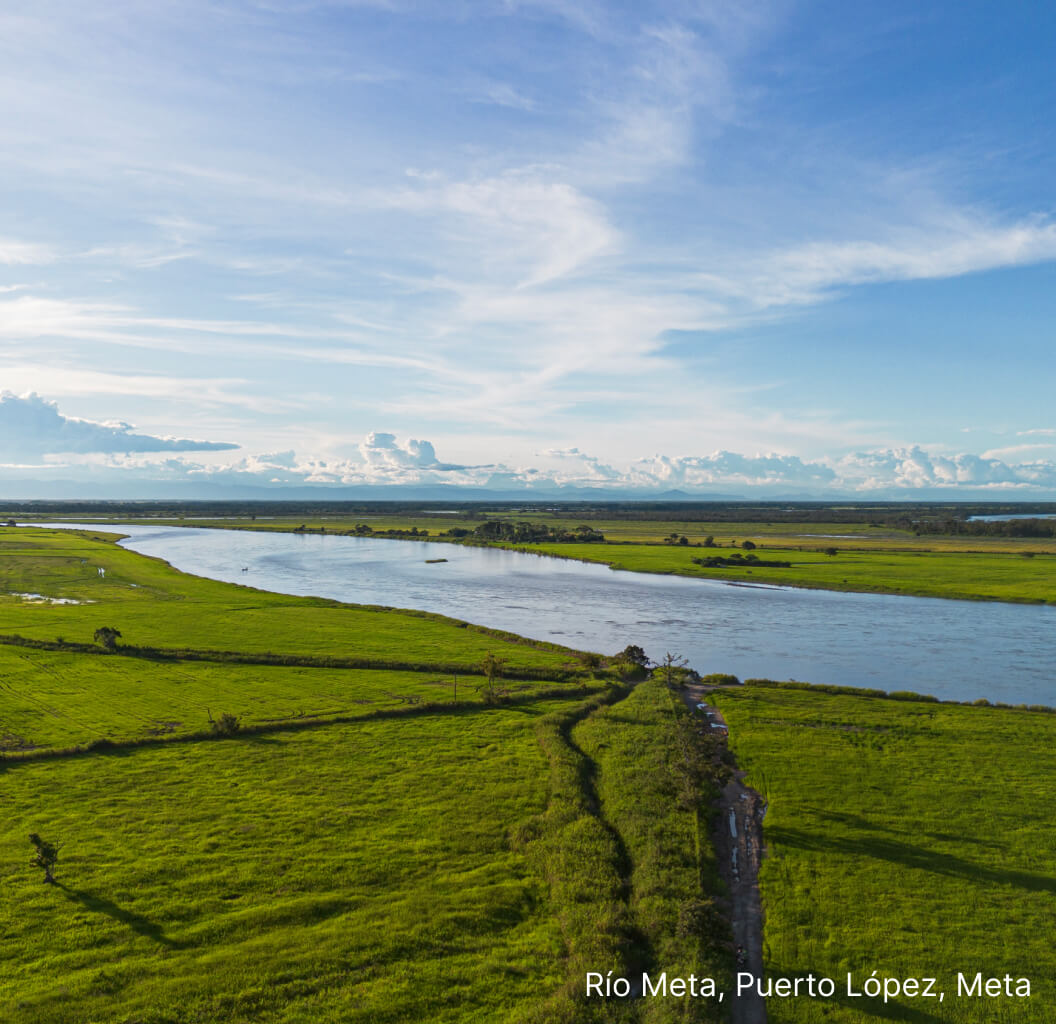
VILLAVICENCIO - PUERTO LÓPEZ - PUERTO GAITÁN
86 kilometers from the capital, Puerto López is the ideal place to experience a Llanero sunrise or sunset. From the Mirador del Llano Tower, which is over 40 meters tall, you can contemplate the most wonderful expanse in this territory. You can also find coleo rings, where you can see this sport in action. There’s also the ostrich park, where you can discover this magnificent bird and taste its eggs. Take a walk along the Malecón. In the town center is Laguna la Venturosa, where you can do water biking and be enchanted by this body of water in the heart of the city. You can also do bird watching and sail on the Meta River. Here, the food is mainly fish, to the point that you won’t find the Monumento al Canoero strange, which honors the fishermen who feed this municipality. Try the catfish breast meatballs, a typical dish. In Donde su taita or Donde Zenaida, the fish is a delight, as well as in Donde Manchego, where carne a la llanera is recommended.
Hit the road for about two hours and reach Puerto Gaitán. Here, you’ll have the pleasure of meeting Ramiro and Diana Moreno, he, a Sikuani thought-bench maker, and she, a beaded ethnic jewelry weaver. In homage to this indigenous culture, you must try tatamá, a breaded cachama fish with mañoco, accompanied by grilled cheese and plantain. You can also savor the pez amarillo in seafood sauce or catfish in green sauce. It’s also the place to spot dolphins in the Manacacías River, in January and July.
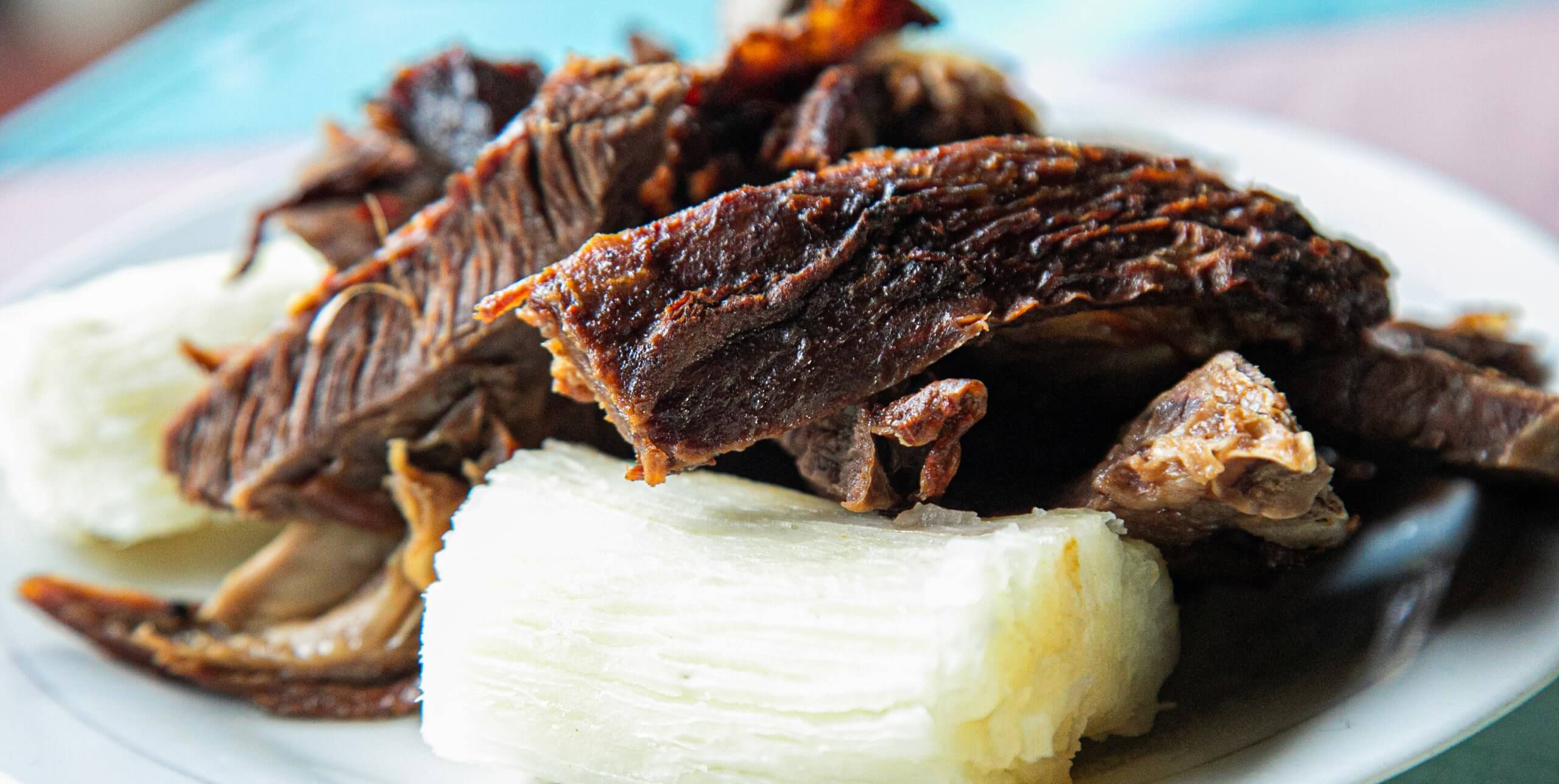
Traditional cuisine
and typical bites
Provoke yourself
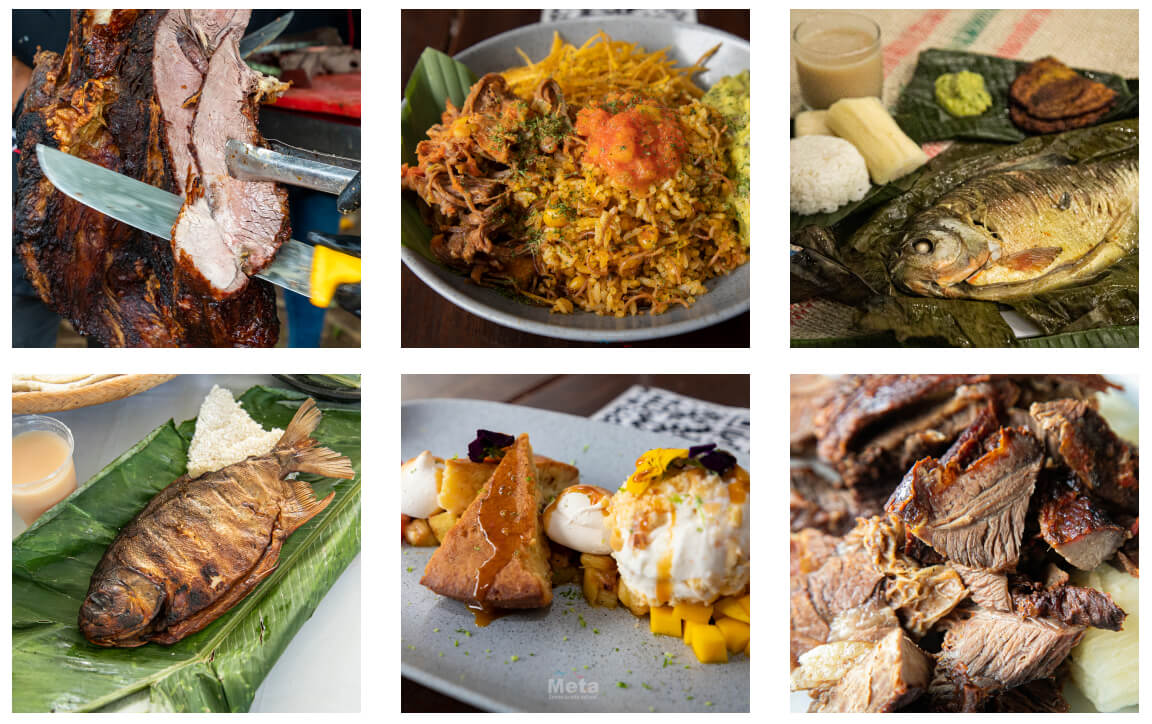
Don't leave without eating this 
Carne a la llanera. Hoy en día todas las carnes (de diferentes animales) se asan en una hoguera de leña, lo que se traduce en un aromático ahumado para todas ellas. Inicialmente se comía Ternera a la Llanera o Mamona, que consistía en asar cortes especiales de una ternera joven sobre una hoguera de leña trinchados en varas. Sin embargo, esa técnica de cocción ha permitido que se asen cerdos, corderos e incluso pescados. Es una delicia culinaria que se caracteriza por su sabor ahumado, su jugosidad y su textura suave.
Los asaderos recomendados para probar la tradicional cocina del Meta son El Amarradero del Mico, el restaurante El Cabrestero, en Villavicencio, el Asadero El Caporal, en Lejanías, y Asadero Así es mi Llano, en Puerto Gaitán.
To lunch we go 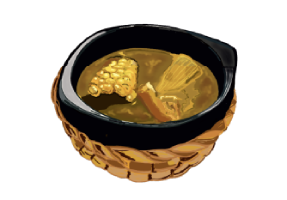
El Amarillo Monseñor es una preparación con un tipo de bagre que le rinde homenaje a un jerarca católico y que quedó en todos los recetarios del departamento con más de 40 años de tradición. “Al amarillo hay que pocharlo en vino. Hay que hacerle salsa bechamel con un roux de harina y mantequilla y el consomé se le agrega crema de leche y se comienza a aromatizar. El proceso exacto es: usted pocha el pescado, se cocina y en otro sartén se tiene lista la salsa de bechamel. La salsa que yo hago es parecida a la vizcaína, trae tomillo, laurel, cebolla, ajo, pimentón y jugo de tomate natural. El pescado se aromatiza con vino, se le echan los camarones, los champiñones, la salsa y se mete a gratinar en una cazuela típica de barro, se le pone queso parmesano y como decoración tres huevos de codorniz”, escribió el cocinero Carlos Infante, creador del prestigioso platillo. Infaltable en el Hotel del Llano donde además nació el plato.
Carne a la Perra es una carne de res que se prepara, a la manera de la lechona, usando la piel del animal como contenedor (aunque aquí la piel no se come); se hornea dentro de la tierra con un fogón de leña encima. El plato debe su nombre al parecido que tenía con las ‘perras’, odres en los que se envasaba la miel (los odres son pieles de algún animal, cosida, pegada y preparada para guardar o contener líquidos, especialmente vino o aceite). Hay que probarla en Bastimento, en Salma y en Nido en Villavicencio, aunque se encuentra en varios restaurantes de la región porque permite tener un plato de sabores únicos en grandes cantidades.
Flavors to discover and snack on 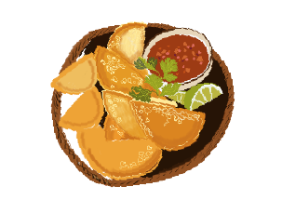
Son famosos los productos derivados del arroz, particularmente en el municipio de San Martín. Allí puedes probar el pan de arroz, los tungos (bollos de arroz envueltos en hojas de plátano, que se cocinan al vapor), las rosquitas (o anillos de arroz frito que se bañan en miel o panela) y, finalmente las arepas de arroz, hechas de arroz cocido y abundante cuajada o queso. Parada obligada en Los Trigos en San Martín y en Lanza Llamas.
El queso siete cueros es un producto lácteo típico de la región de los Llanos Orientales de Colombia, especialmente del departamento del Meta. Es elaborado mediante la técnica de pasta hilada o “pasta filata”, que le da una textura elástica y chiclosa, ideal para disfrutar con bocadillo, café o cualquier otro alimento. Tiene un sabor ligeramente ácido y una consistencia multicapas, diferente a otros quesos. Es empacado en forma de cilindro con varias capas o “cueros” de queso, que le dan el nombre de siete cueros. Este método de empacado ayuda a conservar el queso y a darle una presentación original y llamativa. Es elaborado con leche de vaca de alta calidad y grasa, producida de forma artesanal y a pequeña escala en el Meta. Esto garantiza un producto fresco, natural y con un alto valor nutricional. Vas a la fija en La Catira, ubicada en la vía Restrepo-Cumaral en donde encontrarás uno de sus mayores exponentes.
To sweeten the palate and unmissable drinks 
El masato, una bebida fermentada a base de arroz, panela y piña. Se puede tomar frío o caliente y se suele acompañar con almojábanas, pan de queso o pan de arroz. El masato se puede conseguir en cualquier tienda o restaurante de la región, pero si quieres probar el más auténtico, te recomiendo que visites el municipio de Restrepo, donde se celebra el Festival del Masato cada año.
Otra bebida típica del Meta es el guarapo, una bebida alcohólica que se obtiene de la fermentación del jugo de caña de azúcar y en la zona es famoso por el uso de las cáscaras de piña. El guarapo tiene un sabor dulce y fuerte, y se puede mezclar con limón, hielo o aguardiente. Se puede probar en los puestos ambulantes que se encuentran en las carreteras, así como en las fiestas populares. Eso sí, ten cuidado con el guarapo, ¡porque se te puede subir a la cabeza muy rápido!
Por último, no puedes dejar de probar el café del Meta, que se caracteriza por su aroma intenso, su sabor suave y su acidez equilibrada. El café del Meta se puede disfrutar en cualquier momento del día, ya sea solo, con leche o con panela. El café del Meta se puede adquirir en las cafeterías o en las fincas cafeteras que ofrecen tours y degustaciones.
Para endulzar el paladar
La torta gacho es un alimento que puede ser consumido como postre, merienda o complemento para el desayuno o la cena, ya que el sabor dulce del bocadillo, fusionado con el arroz y la cuajada lo convierte en un producto versátil y agradable al paladar. Su origen se remonta a San Martín (Meta), siendo uno de los platos más populares que guarda una larga tradición en el municipio, específicamente en la familia Trigos, quienes conservan la receta original desde hace cinco generaciones.
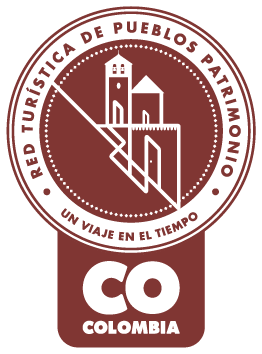
Pueblo Patrimonio
La Red Turística de Pueblos Patrimonio de Colombia es un programa especial del Ministerio de Comercio, Industria y Turismo, ejecutado por FONTUR, que trabaja con 17 municipios de Colombia que poseen declaratoria de Bien de Interés Cultural (BIC) a nivel nacional para su valoración y proyección mediante el turismo, generando así más oportunidades de desarrollo y sostenibilidad en las comunidades.

La Medalla a la Maestría Artesanal es un galardón que Artesanías de Colombia entrega anualmente, con el cual se hace un reconocimiento a aquellos artesanos, empresas y comunidades artesanales que, contando con una trayectoria destacada, sobresalen a nivel nacional por su excelencia en el oficio así como por preservar el quehacer artesanal.

Denominación de Origen
Es un signo distintivo que identifica productos reconocidos o famosos por tener una calidad o características específicas derivadas esencialmente del lugar de origen y la forma tradicional de extracción, elaboración y producción por parte de sus habitantes. La protección conferida sobre una Denominación de Origen implica que ninguna persona puede identificar con la denominación protegida productos iguales o similares a los amparados, cuando no provengan del verdadero lugar y no cumplan con las características o calidades que le han dado la reputación al producto reconocido. Las Denominaciones de Origen para productos artesanales colombianos que han sido protegidas por la Superintendencia de Industria y Comercio en nuestro país son actualmente 12.
No puede copiar contenido de esta página


